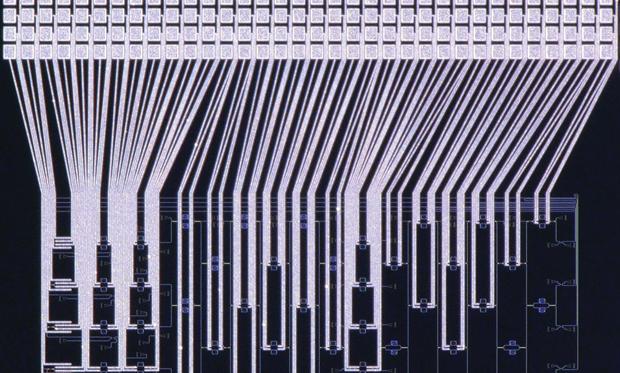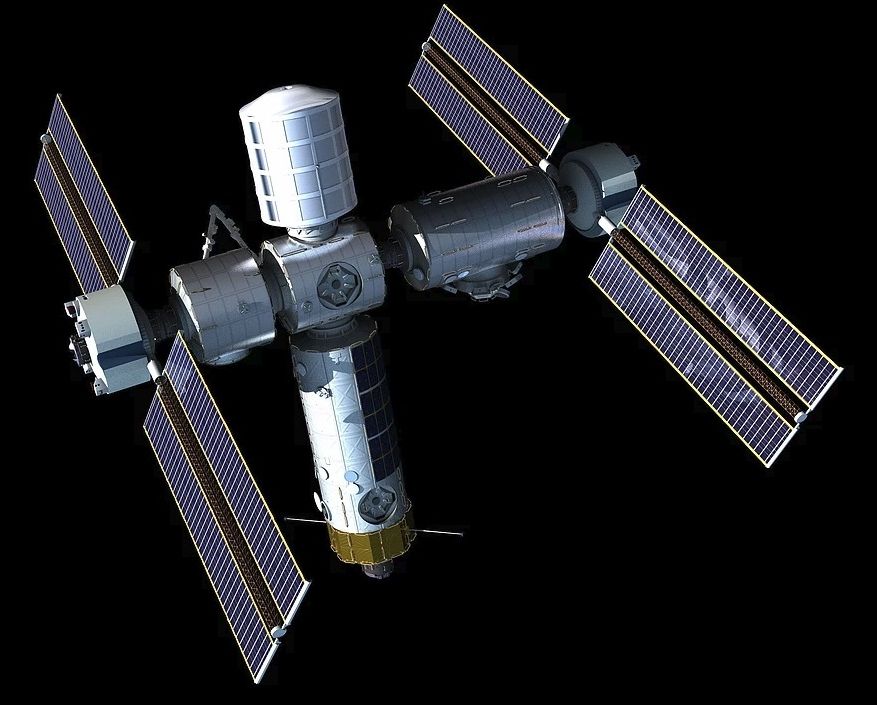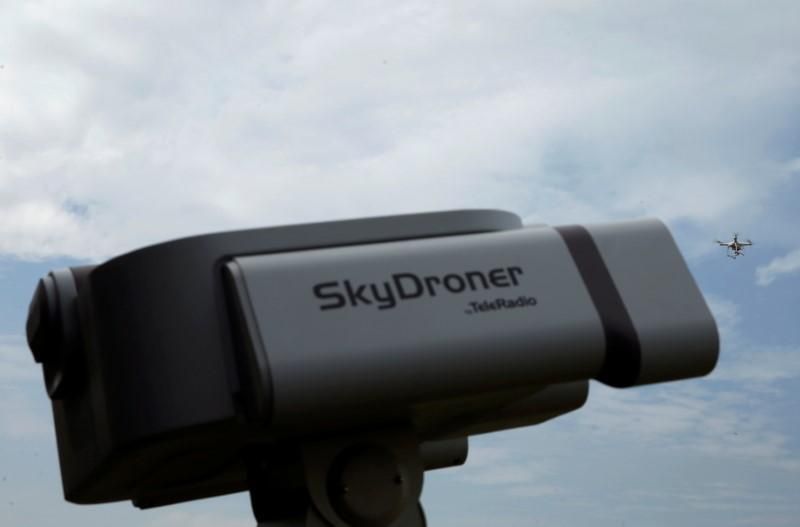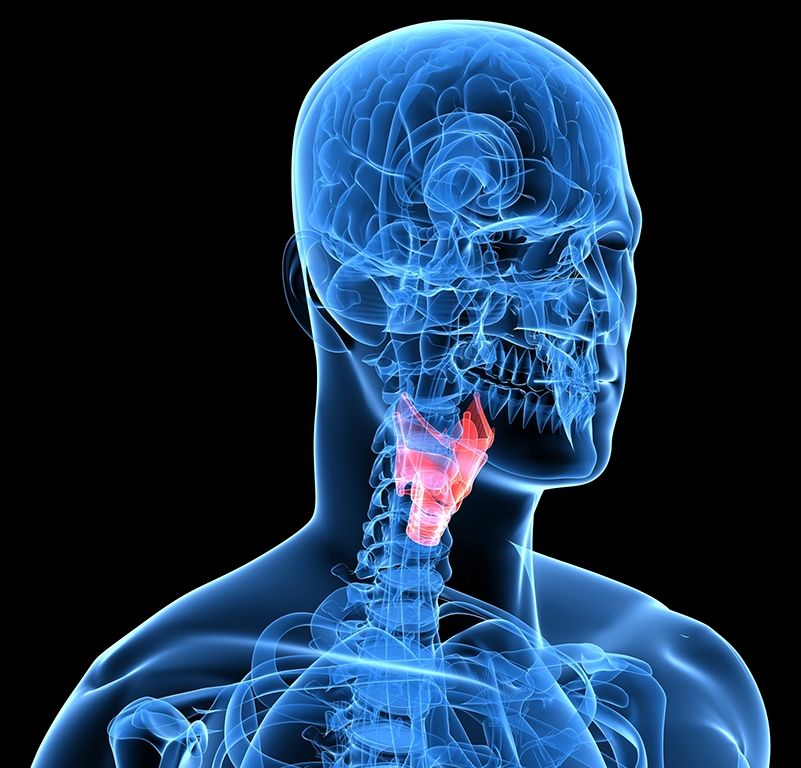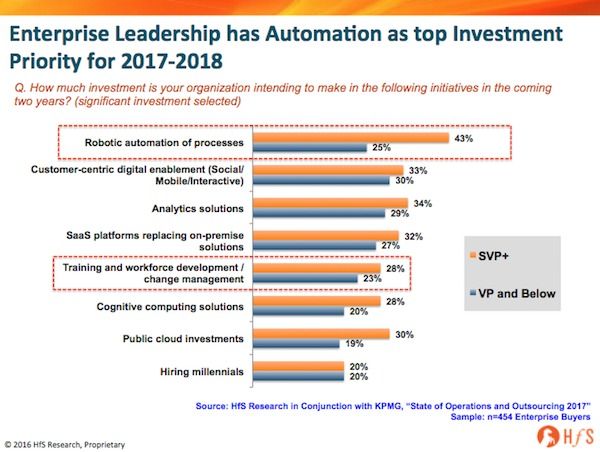Jan 3, 2017
Scientists Are Attempting to Bring Back an Enormous Ancient Cow
Posted by Dan Kummer in category: biotech/medical
Scientists are close to bringing back a huge ancient cattle species called an auroch.
Aurochs roamed Europe for thousands of years until the last of their kind died in the Jaktorow Forest in Poland in 1627.
They were 7 ft (2.13 m) tall and weighed around 1,000kg.
Continue reading “Scientists Are Attempting to Bring Back an Enormous Ancient Cow” »

